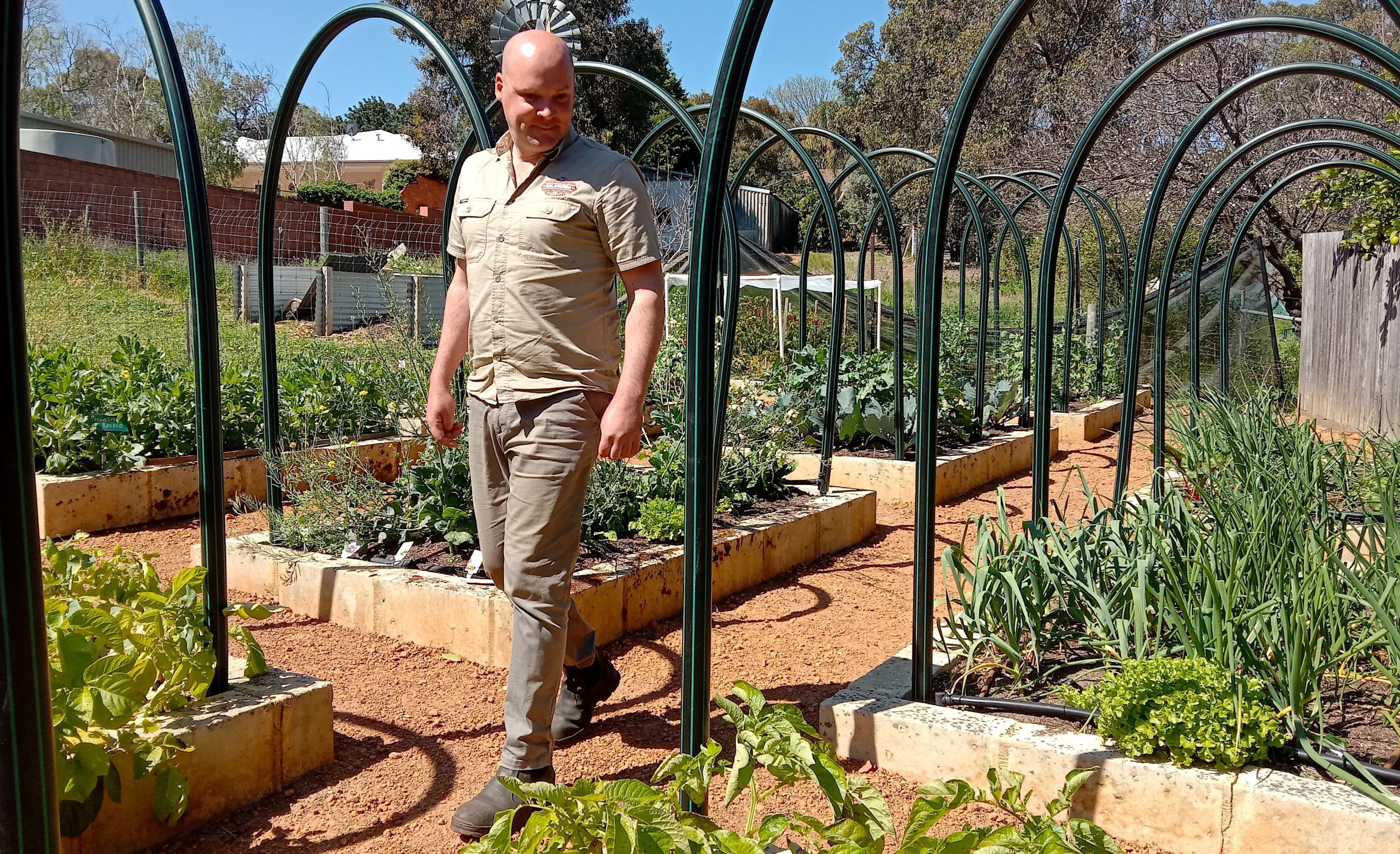If you’ve heard of crop rotation but you’re not too sure what it means, here’s a brief explanation that might help (I’ll use an example of the home gardener with a vegetable patch).
Crop rotation is the successive planting of different crops on the same area of land with the aim of reducing the risk of diseases and pests whilst increasing the crop productivity and soil fertility.
Crops belonging to the same family planted in the same area of soil can be prone to the same soil-living pests and diseases. So by rotating crops, you’ll be helping to prevent the build-up of problems and you’ll be caring for the soil by improving microbial balance.
Each crop belongs to a family (I’ve listed some below). Once we’ve harvested our crop, say eggplants (that belong to the Solanaceae family) we don’t want to then plant something else from that same family, such as tomatoes, as there’s a good chance they’re affected by the same pests and diseases. Essentially, by removing the preferred host from the area, we’re aiming to break the life cycle of the pest or disease.
It’s often suggested you wait two years before you plant the same area with the same family again, with five years being ideal, although this won’t be realistic for many gardeners.
Here’s some examples of popular crops and the families they belong to:
Alliaceae.
Chives, garlic, leek, onion, shallots.
Amaranthaceae (Chenopodiaceae).
Beetroot, quinoa, silverbeet, spinach.
Compositae (Asteraceae).
Endive, Jerusalem artichoke, lettuce.
Cruciferae (Brassicaceae).
Cabbage, cauliflower, broccoli, Brussels sprouts, kale, kohlrabi, mustard, radish, swede, turnip.
Cucurbitaceae.
Cucumber, gourd, marrow, melon, pumpkin, squash, zucchini.
Leguminosae (Fabaceae).
Alfalfa, beans, clover, carob, chickpea, fenugreek, liquorice, lupin, peas.
Poaceae.
Sweetcorn.
Solanaceae.
Capsicum, chilli, eggplant, potato, tomato.
Umbelliferae (Apiaceae).
Carrots, celeriac, celery, coriander, dill, fennel, parsnip, parsley.
Crop rotation isn’t just about helping to minimise pests and diseases. It’s also about caring for the soil.
Some crops are ‘heavy feeders’ and take lots of nitrogen and nutrients from the soil. If these crops were continuously planted in the same soil season after season, the soil may become depleted.
Some crops are ‘light feeders’ and don’t require such rich fertile soils. With this in mind, we can estimate the potential level of soil nutrients and plant accordingly.
It’s good to start with a crop of legumes because they can fix atmospheric nitrogen and store it in the soil so plants can access it. Once you’ve harvested the legume crop, allow the plant to break down into the soil. This will help add plant material full of nitrogen into the soil, which is a good thing. Legumes include broad beans, peas, runner beans and snow peas.
Now that the soil is chock full of nitrogen, planting a hungry crop would be a smart move. Some ‘heavy feeders’ include Asian greens, cabbage, cauliflower, cucumber, broccoli, lettuce, potato, spinach, tomato and zucchini.
Grow root vegetables after you’ve grown the hungry crops because they’re great at scavenging for nutrients and can handle the poorer soil with ease. Some ‘light feeders’ include beetroot, carrots, garlic, leeks, onions, parsnips and silverbeet.
Green manure can then be grown and worked back into the soil, adding organic matter and getting the next crop off to a good start. Continue to improve the soil throughout the process by adding manure, worm castings and compost.
Some gardeners include a fallow year, where they don’t plant anything in the soil.
Crop rotation isn’t a new thing. Don’t feel too intimidated by it all. If you want to keep things really simple, just remember, the longer you can leave crops from the same family being grown again in the same spot, the better.

